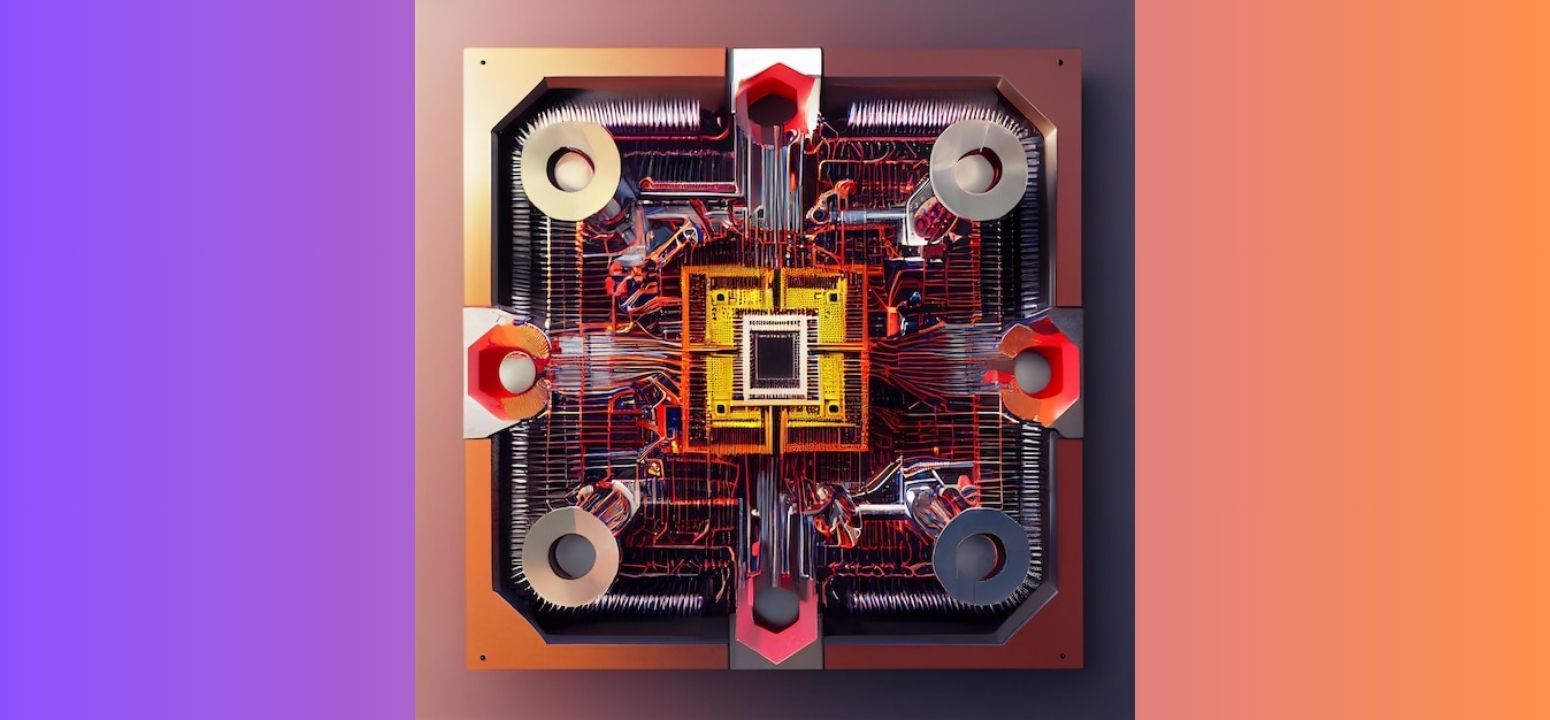Understanding MBIST in DFT: Ensuring Reliability in Modern VLSI Circuits

In the rapidly evolving landscape of Very-Large-Scale Integration (VLSI) circuits, ensuring the reliability and robustness of memory components is paramount. This is where Memory Built-In Self-Test (MBIST) comes into play as a critical component of Design for Testability (DFT). In this blog post, we’ll delve into the fundamentals of MBIST, its importance in DFT, and how it enhances the reliability of integrated circuits.
What is MBIST?
Memory Built-In Self-Test (MBIST) is a self-testing mechanism designed to test embedded memories in integrated circuits. Given the complexity and density of modern VLSI designs, traditional testing methods often fall short in effectively validating embedded memories. MBIST addresses this challenge by incorporating test logic within the chip itself, enabling it to perform comprehensive memory tests autonomously.
The Role of MBIST in DFT
Design for Testability (DFT) is a methodology that integrates testability features into hardware design to facilitate the testing process. MBIST is a crucial element of DFT, specifically targeting the memory components of a chip. It provides a structured and automated way to test various memory types (such as SRAM, DRAM, ROM, and Flash), ensuring they function correctly under different conditions.
How MBIST Works
MBIST operates by integrating additional circuitry into the chip that can generate test patterns, apply these patterns to the memory, and analyze the results. The primary components of an MBIST architecture include:
- Test Pattern Generator (TPG): Generates the test patterns to be written into the memory.
- Address Generator: Provides the addresses for the memory locations to be tested.
- Response Analyzer: Compares the actual memory output with the expected output to detect faults.
- Control Logic: Manages the overall test process, ensuring proper sequencing and timing.
During the testing phase, the MBIST logic executes a series of tests, such as March tests, checkerboard tests, and pseudo-random tests, to uncover various types of faults like stuck-at faults, transition faults, and coupling faults.
Benefits of MBIST
- Enhanced Test Coverage: MBIST enables thorough testing of memory cells, often achieving higher fault coverage than external testing methods.
- Reduced Test Time: By automating the testing process and embedding the test logic within the chip, MBIST significantly reduces the time required for memory testing.
- Lower Costs: MBIST minimizes the need for expensive external testing equipment, leading to cost savings in the production process.
- In-Field Testing: MBIST allows for in-field testing and diagnosis, enabling the detection and correction of faults even after the chip has been deployed.
Implementing MBIST
Integrating MBIST into a design involves several key steps:
- Design Integration: Embed the MBIST circuitry within the memory design during the RTL (Register Transfer Level) phase.
- Test Pattern Development: Develop and validate the test patterns that the MBIST will use.
- Simulation and Verification: Simulate the design with the MBIST logic to ensure it correctly identifies faults.
- Physical Implementation: Implement the design on silicon, ensuring the MBIST logic is correctly synthesized and placed.
Challenges and Considerations
While MBIST offers numerous advantages, it also presents certain challenges:
- Area Overhead: Adding MBIST circuitry increases the silicon area, which can be a critical consideration in high-density designs.
- Power Consumption: MBIST can contribute to increased power consumption, particularly during testing phases.
- Design Complexity: Integrating MBIST adds complexity to the design process, requiring careful planning and validation.
Conclusion
In the realm of VLSI design, where reliability and efficiency are paramount, MBIST emerges as an indispensable tool. By embedding self-test capabilities directly into memory components, MBIST ensures robust and reliable performance, both during manufacturing and in the field. As VLSI circuits continue to grow in complexity, the role of MBIST in DFT will only become more critical, safeguarding the integrity of the embedded memories that power modern electronic devices.
Also Read : fpga architecture in vlsi
To know more about VLSI Course , SuccessBridge VLSI training institute. You can begin your VLSI career by enrolling in the placement-assisted live courses available at SuccessBridge We offer various VLSI online courses. We offer VLSI Physical Design course, Design Verification course, DFT Training , Chip design course many more. Explore VLSI Courses From The Leaders In VLSI Training
By embracing MBIST, designers can achieve higher fault coverage, reduced test times, and lower testing costs, ultimately leading to more reliable and efficient VLSI circuits.






